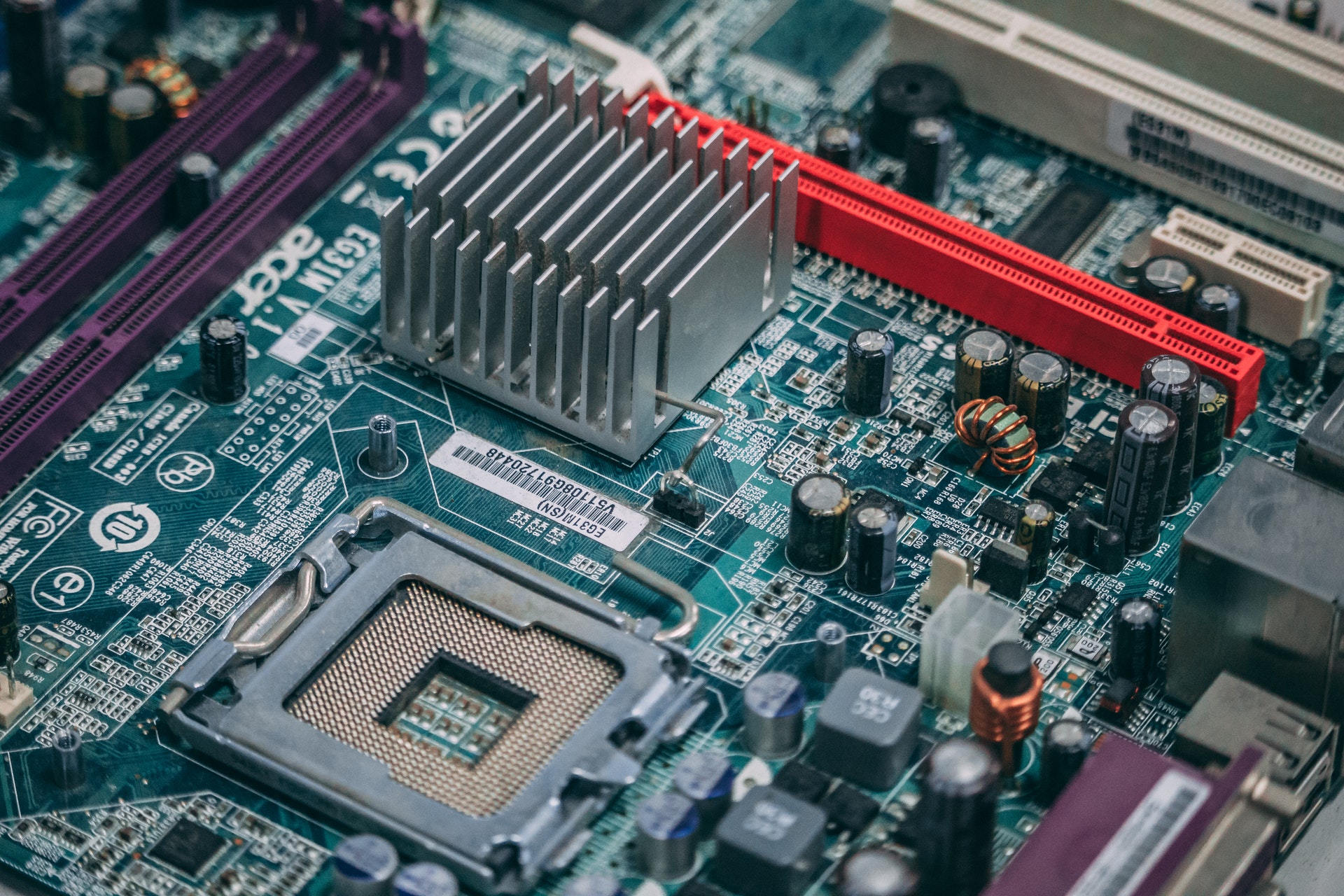If you want to know what is the purpose of having ROM in a computer? Then, this article will help you resolve this question of yours.
We will first talk about what volatile and non-volatile memory is before we talk about ROM. A type of computer memory called “non-volatile memory” keeps data stored even when the power goes out. It costs less than memory which changes quickly. It can hold a lot of things. Flash memory and Read Only Memory (ROM) are two types of non-volatile memory.
In contrast, volatile memory is only used for a short time. The information is kept in this memory for as long as the machine can, but when the power goes out, the information in the volatile memory is erased instantly. Memory that can be lost quickly is called RAM. Today, through this article, we are going to look at what is ROM, how it works, what it offers in a computer, and the Best Safe ROM Sites.
What Is ROM?
Computers often only allow read-only operations, such as reading from read-only memory (ROM), when storing non-volatile, permanent data. At power on, a computer reads the instructions stored in its ROM and begins the boot process or regeneration. Additionally, ROM safeguards software instructions and executes massive input/output operations. Data cannot be erased from a ROM chip once written.
Almost all computers come with a little bit of ROM that holds the firmware for starting up the system. It is the fundamental input/output system that is known as the boot firmware. The computer’s boot-up procedures are guided by the code included in this program. So, for instance, performing hardware diagnostics or installing the operating system into RAM. Therefore, updating the firmware is the most common use case for ROM.
Video game consoles, on the other hand, use ROM to run several games on a single device. Further applications of ROM include optical storage, such as various CD types. Think about CD-ROM and CD-RW, for example. Numerous calculators and peripheral devices, such as laser printers, rely on ROM to save typefaces.
How Does ROM Work?
The computer’s ROM works on a tiny but long-lasting battery. The OR logic gates and decoder are the two primary parts of it. When used in ROM, the computer takes binary input and produces decimal. In ROM, the computer sends the decimal output into the OR gates.
ROM’s functionality is similar to a disk array. You can toggle the system’s power on and off using its grid of columns and rows. On the ROM chip, each and every element of the array corresponds to a particular memory element. The matching components are linked using a diode.
You can use the address entry to locate the precise position in memory whenever there is a request. For the selected array element to be valid, the value read from the ROM chip must coincide with its contents.
Types Of ROM
It’s possible to hear ROM referred to as maskROM (MROM). A manufacturer-programmed, static kind of ROM, MROM is an integral part of many electronic devices. As an example of maskROM, we have solid-state ROM, the first kind of ROM. Because it was read-only, the original ROM requires a physical removal and replacement before any changes can be made to its contents.
However new forms of ROM called programmable read-only memory (PROM) have evolved; these are still non-volatile but you can easily program them. Using the installation program, you can use the PROM to upgrade firmware, including BIOS. All the different kinds of PROMs are listed here:
- UV-ROM, or ultraviolet-erasable ROM, allows the user to reprogram the memory by erasing its contents with ultraviolet light.
- A specific kind of ROM that can be erased with high voltage and 20 minutes of exposure to UV light is called an erasable programmable ROM (EPROM).
- Memory that can be erased and reprogrammed several times, allowing for the erasure and writing of a single region at a time, is known as Electrically Erasable Programmable ROM (EEPROM). You can find this kind of memory in older computer processors and is used to operate the BIOS. An improved form of EEPROM, flash memory permits simultaneous changes to many memory regions.
Wrapping Up
In conclusion, ROM is an important part of computers and other electronics because it stores important data and instructions permanently. The fact that it can only be read and has many uses makes it an important part of past games, embedded systems, starting processes, and software.
Even though it has some problems, ROM is an important part of digital memory because it is durable, reliable, and doesn’t lose its data when the power goes out. In the future, improvements in non-volatile memory devices could change the way ROM works and open up new ways to store and view data.



